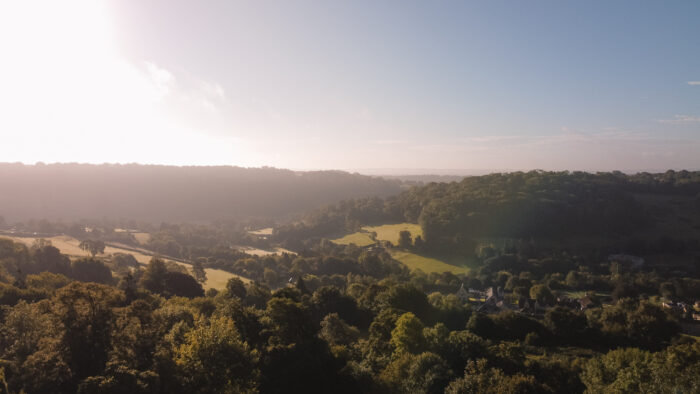Turn your lawn into an edible garden
Turn your lawn into an edible garden
Almost all gardens contain a lawn, even just a small space to exercise, relax or enjoy the day’s sunlight. In this article, we would like to explore a few ways to improve the overall health of a lawn whilst reducing the hours needed to mow and maintain it. In doing so, there are a few plants that we can incorporate into the lawn in order to provide crops for salads and herbs. Keep reading to learn how to turn your lawn into an edible garden, filled with useful plants and edible flowers.
What is an edible garden?
Many people feel that a lawn needs to be made up of entirely green grasses, cut short weekly and any other plants that try to use the space, removed. However, prim and proper lawns are becoming a thing of the past with lush, edible gardens moving into their place. More and more people are realising that the time spent keeping grasses short, weeding and raking is not necessarily the best way to keep a lawn healthy. Creating an edible garden in place of your lawn is the process of planting edible crops into the space that you would usually have a grassed area in your garden, promoting a space to grow food that you can cook or add to salads.

Combe Groves Ecology and Values
At Combe Grove, we are on a journey ‘back to the land’ and welcome you to share in nourishing our health & vitality. Across the estate we employ a mixture of traditional and innovative practices including permaculture design to gently enable the land to support biodiversity and ultimately greater productivity. Learn more about Combe Grove’s land management techniques here.

How to create an edible garden – growing edible flowers
The first step in creating an edible garden in the space of a lawn is allowing the garden to grow for a little longer than you usually would. Leave the grass and plants to build strength and for the soil to become healthier.
Edible flowers and edible garden plants that can grow in the lawn space and tolerate mowing and walking include:
Yarrow
Yarrow is a common garden plant that is also edible. Containing Vitamins A and C, potassium, zinc, magnesium and calcium, yarrow leaves can either be ground up to create a herb or added as a bitter edition to a salad. Furthermore, any lawn mowings that include yarrow cuttings will greatly enrich a compost heap.
Daisy
Unbeknown to many, daisies have far more use than just a daisy chain. The daisy is a humble flower that populates lawns everywhere, survives lots of footsteps of playing children, provides pollen for bees and can even be used for food. Eatweeds.co.uk suggests that young buds of daisies can be added as a decorative and edible addition to salads or soups. Also, “The buds can be preserved in vinegar and used in cooking as a substitute for capers” and drizzled on vegetables or other meals for a delicious dressing.
Camomile
Camomile is a plant that flowers even if cut regularly. The leaves and flowers are both perfectly edible and can be used to infuse oil, make tea or add a dash of colour to a salad.
Salad Burnet
Medicinally, Salad Burnet was once used against the Plague. However today, its leaves can be used to accompany an organic salad.
And many, many more.
Do I still need to mow my garden?
Even with an edible lawn, it is important to still mow the lawn on occasion, though not as regularly or as short as you may usually. Regular cutting of the lawn will ensure that there is still a constant supply of succulent young leaves. Though, you may wish to leave the lawn for a few weeks when the sun begins to shine in the summer as this will allow for the taller plants to flower and provide nectar for pollinators such as bees and butterflies. Visit our journal post ‘7 Bee friendly plants and early spring flowers’ if you are interested to learn about more plants for pollinators.
Other benefits of an edible lawn
An edible garden design is not just beneficial for us, it also provides a space for the wider ecosystem to thrive. Alongside growing the health of the lawn and providing additional crops full of nutrients and minerals for our salads throughout the year, edible landscaping provides habits for pollinating insects such as butterflies, bees and other creatures like birds. An edible lawn of course, also saves on valuable time by not relying on being mowed as often or as short.
We invite you to take part in restoring the estate and learn new skills in a controlled, safe and healthy environment by joining our volunteering team. If this interests you, then learn more about the volunteering club here or drop an email to thevolunteeringclub@combegrove.com. If you would like to learn more about our work with the land at Combe Grove, please feel free to get in contact or come and visit.
Some information sourced from – Plants for future by Ken Fern